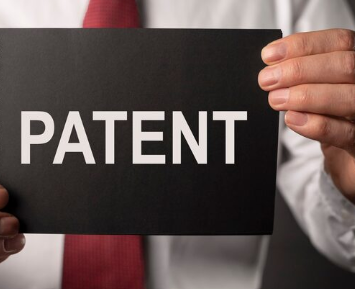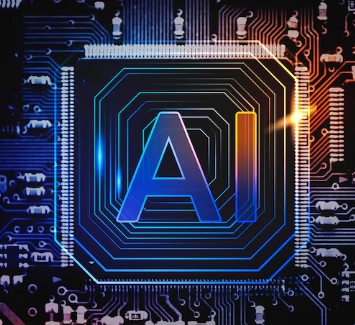Written by: Ephraim Heiliczer
The Israeli Patent Office is taking bold steps toward integrating artificial intelligence (AI) into its patent examination process, a move that could reshape the experience for Applicants. While AI has already helped standardize procedures and reduce wait times, its application in substantive examination brings profound implications. From streamlining prior art searches to leveraging predictive analytics for patentability assessments, AI is poised to become an indispensable tool for examiners and Applicants must be prepared.
Around the world, patent offices are embracing machine learning to revolutionize how inventions are classified, how prior art is identified across vast datasets, and even how examiners approach claim analysis. The United States Patent and Trademark Office, for example, recently introduced an AI-powered “Similarity Search” feature, while the European Patent Office has deployed AI-driven classification tools to accelerate processing and minimize examiner subjectivity. The Israeli Patent Office is closely monitoring these developments and is likely to adopt similar innovations in the near future.
The adoption of AI in patent examination is also raising the stakes for strategic patent drafting. AI tools can flag prior art or classification inconsistencies with greater rigor than human examiners, potentially increasing the hurdles for Applicants who do not anticipate how AI will interpret their claims. To stay ahead, patent drafters must not only understand these new tools but also harness AI themselves to craft robust, future-proof applications.
As AI becomes more prevalent in examination decisions, concerns about transparency and accountability are coming to the forefront. An AI-assisted review in one jurisdiction might lead to a rejection, while a traditional review elsewhere could result in approval of the same claims. This makes it more important than ever to coordinate global filings and ensure consistency in language and structure. For Israeli Applicants, this likely means strategically delaying examination until patents are granted in other major jurisdictions, allowing them to bypass the intricacies of the Israeli AI-assisted examination and leverage foreign grants to support their applications in Israel.
For Applicants facing AI-driven examination, critical questions arise: How much influence did an AI tool have in an Office Action rejection? Could there be bias in the datasets used to train these systems? Patent practitioners must demand greater transparency about the tools in use, especially when appealing rejections or crafting prosecution strategies. Understanding the role of AI in each decision will be essential for effective advocacy.
AI has the potential to make patent systems faster, more predictable, and more accessible, but only if implemented with careful governance and oversight. For Applicants, this technological shift presents both exciting opportunities and new risks. The rise of AI in patent offices is not merely a procedural update; it marks a fundamental transformation in how innovation is evaluated, protected, and enforced. Staying informed and adaptable will be key to thriving in this new era of patent law.



